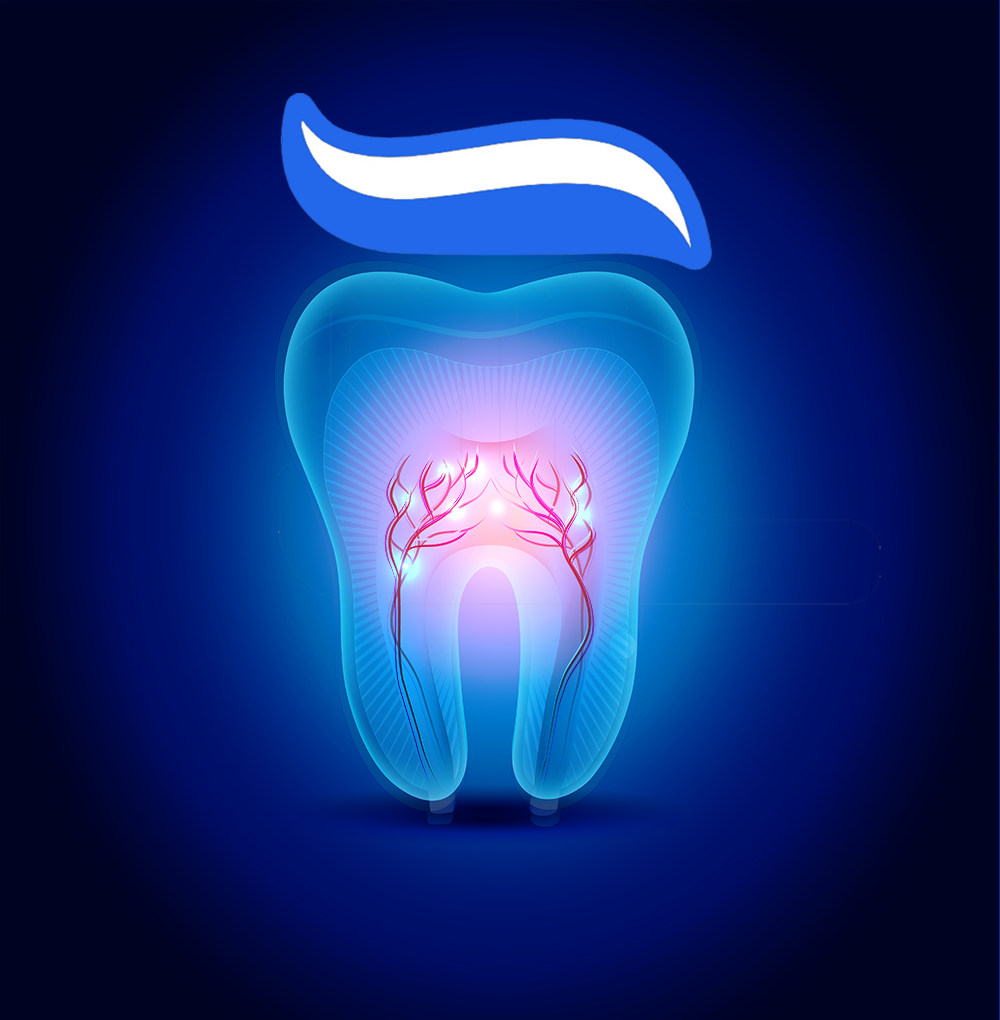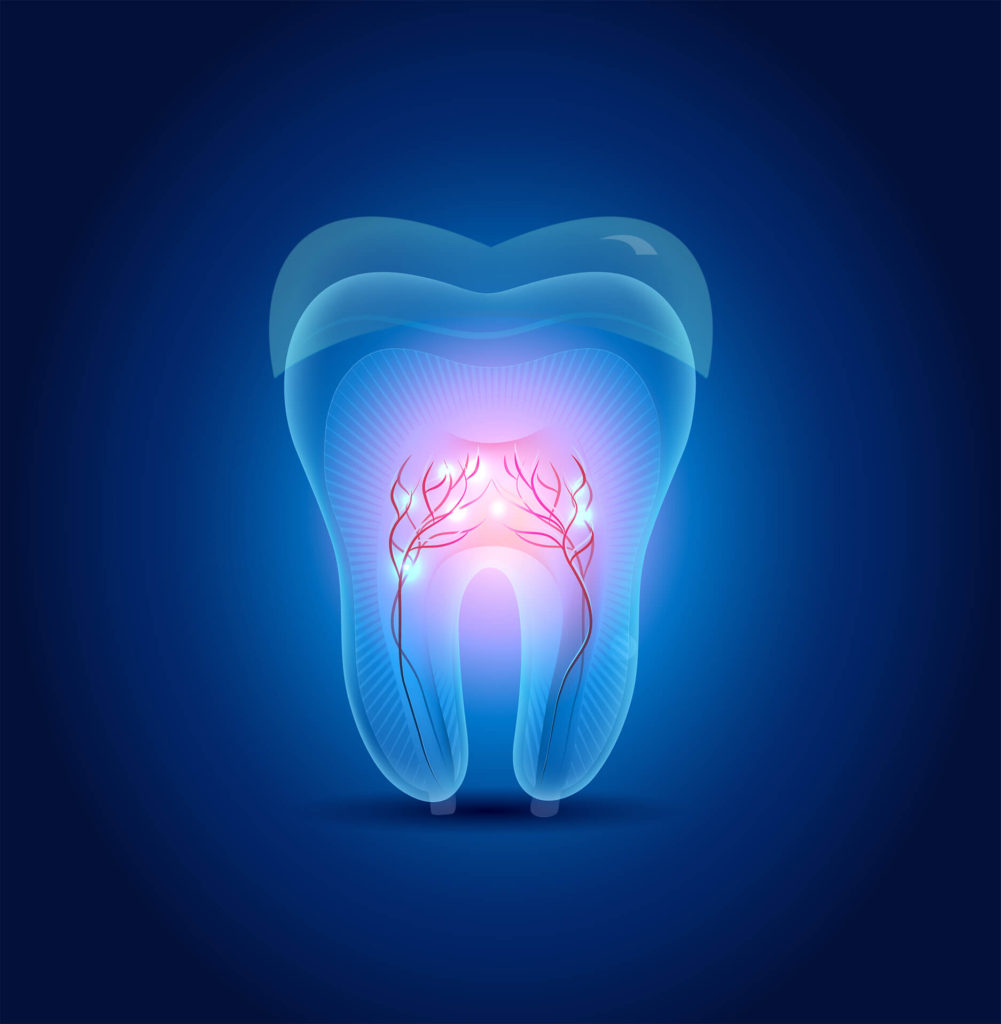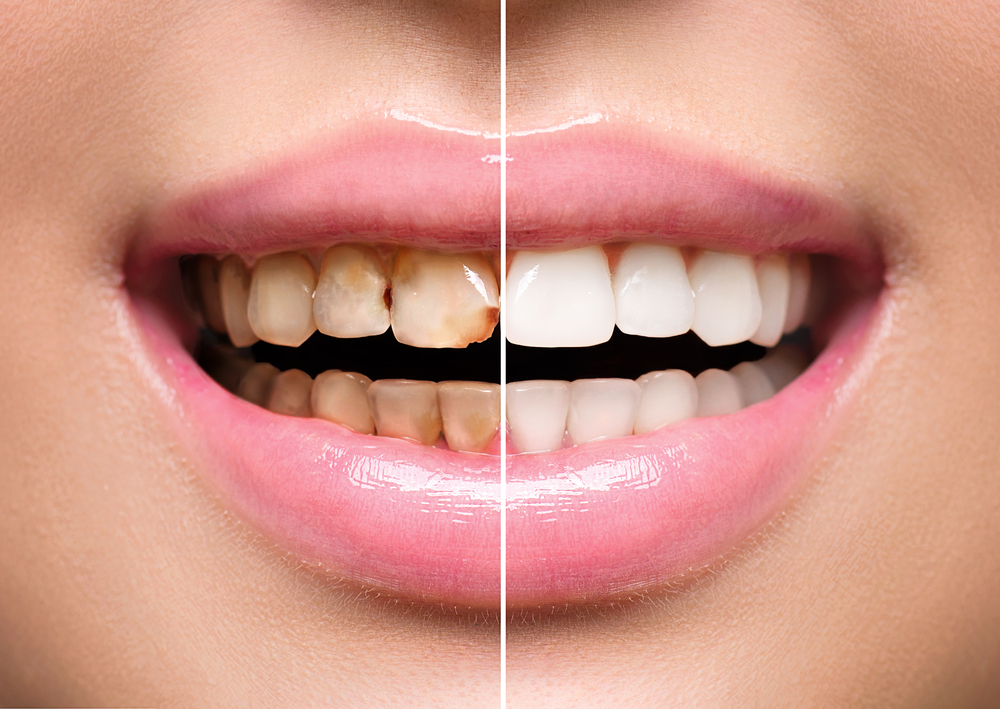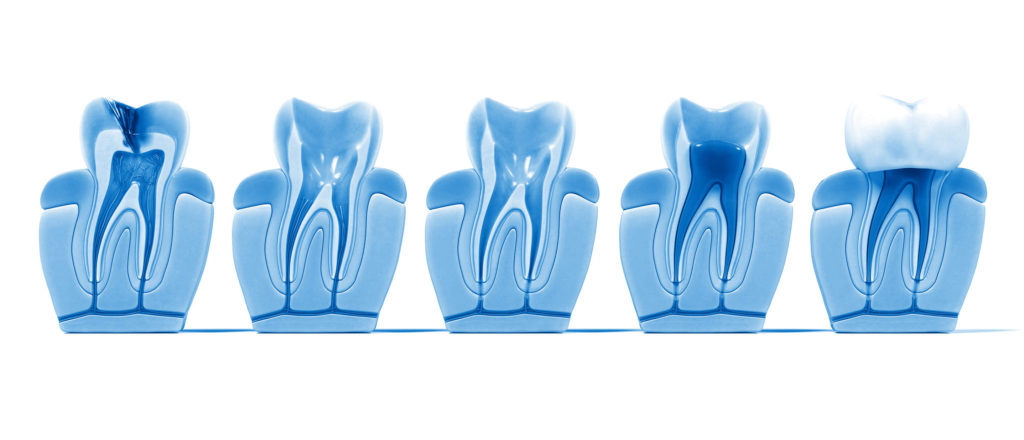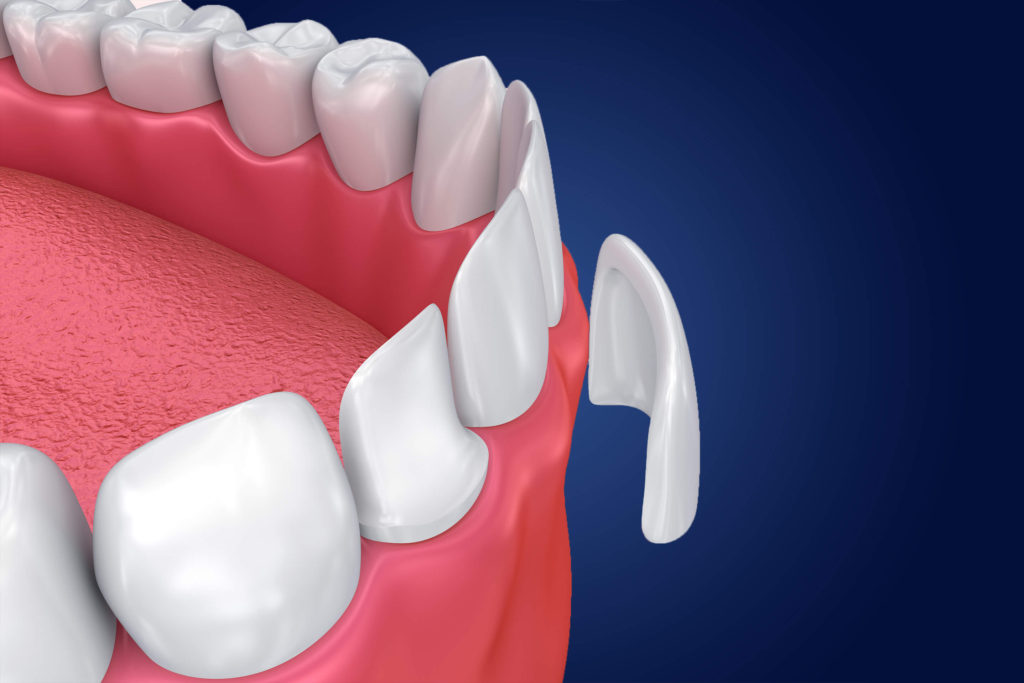
Dental veneers are custom-fit shells of tooth-colored material that are applied to the front of the tooth to improve appearance. Veneers are used to fix teeth that are discolored, worn down, chipped, misaligned, or gapped.
What is it?
Dental veneers are placed over teeth to improve their appearance or protect them. The surfaces are made from porcelain or resin composite materials and are molded to fit the teeth they will cover. Many tooth conditions are corrected by dental veneers including discolored teeth, root canal treated teeth, worn teeth, chipped teeth, misaligned or uneven teeth, or gapped teeth.
What should I do to prepare?
There are no special preparations to be made for a dental veneer procedure.
What happens during the process?
The first step is for the patient and the dentist to plan the intended result of the dental veneer procedure will be. Then, the dentist must remove enamel to the same thickness as the dental veneer. The dentist proceeds to make an impression of the teeth and the veneers arrive in about 1-2 weeks. The veneers are temporarily placed on the teeth to examine fit and color. The teeth are cleaned, and the veneer is cemented on to the old tooth. The cement hardens whereby excess is removed.
What are the risks and potential complications?
Some complications and risks are associated with having dental veneers placed over teeth. The process is costly and is not reversible or repairable. There is also the possibility that the color of the veneer will not match exactly. Additionally, teeth with veneers can become sensitive due to the removal of enamel. Teeth with veneers can still decay, crack, or break. There are no significant risks or complications directly related to the dental veneer procedure.
Disclaimer:
All GlobeHealer Site content, including graphics, images, logos, and text, among other materials on the site are for educational purposes only. This content is not intended to be a substitute for professional medical advice, and you should always contact your physician or qualified health provider for information regarding your health. Information on this site regarding the overview, diagnosis, and treatment of any kind should be looked at, in addition to the advice and information of your health care professional. Do not disregard medical advice or delay seeking treatment or medical advice due to information found on the GlobeHealer site.
If there is even the possibility that you may have a medical emergency, seek treatment, call your doctor, or call your local emergency telephone number immediately. GlobeHealer does not endorse being the first line of communication in case of emergency and does not endorse any specific test, physician, facility, product, procedure, opinion, or other information that is or may be mentioned on this site or affiliated entities. Reliance of any and all information provided by GlobeHealer, its employees, affiliations, others appearing on the Site under the invitation of GlobeHealer, or visitors of the site is solely at your own risk and is not the responsibility of GlobeHealer.

